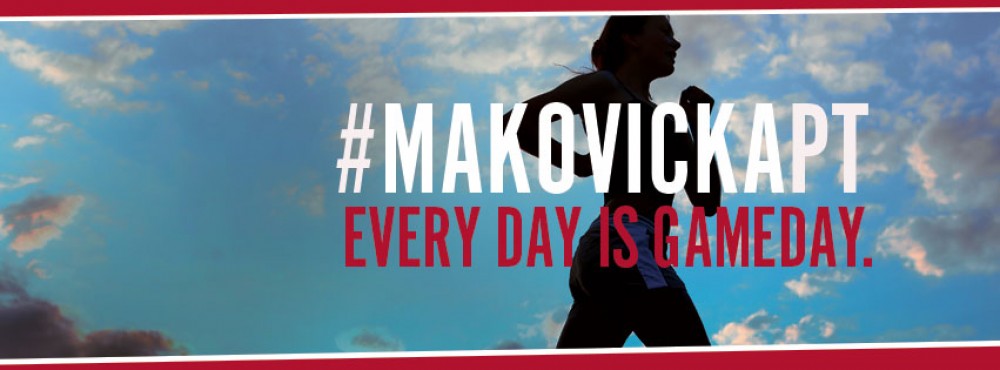What is Little League Elbow?
Injuries in baseball can often occur from repeated movements are preventable, such as the throwing motion. These injuries usually influence the shoulder and elbow joints while limiting the athletes’ playing time.
Now that the baseball season is reaching its halfway mark, aches, pains, and injuries might begin to limit playing time or performance. The goal is to prevent the aches and pains from becoming long-term or season-ending injuries. If an injury does arise, you want to be sure to treat it as soon as possible, limiting the amount of game time missed.
How to treat Little League Elbow
As hard as it is, initial treatment for Little League Elbow is to rest. That prohibits a throwing motion of any kind for a minimum of 4-6 weeks, or until the player is pain free. Icing the elbow 1-2x a day for 15-20 minutes at a time will help decrease the pain and inflammation. During this time, core strengthening exercises and cardiovascular exercise would be beneficial in maintaining strength as the amount of practice and activity has decreased. Increasing the strength of the muscles that make of the “core” can help improve throwing motions as many adolescents have poorly developed core muscles.
“Physical therapy is the most important part of treatment for little league elbow syndrome.” – Emedicine.com. Range-of-motion exercises may be prescribed by the therapist to help in the healing process. When the player is pain free, your physical therapist might begin strengthening exercises to prevent further injury.
Always remember that until the pain is gone, the player is constantly in danger of injuring the elbow again, which means more time away from the field.
References:
- http://www.sportsmd.com/SportsMD_Articles/id/293.aspx
- http://emedicine.medscape.com/article/97101-treatment
